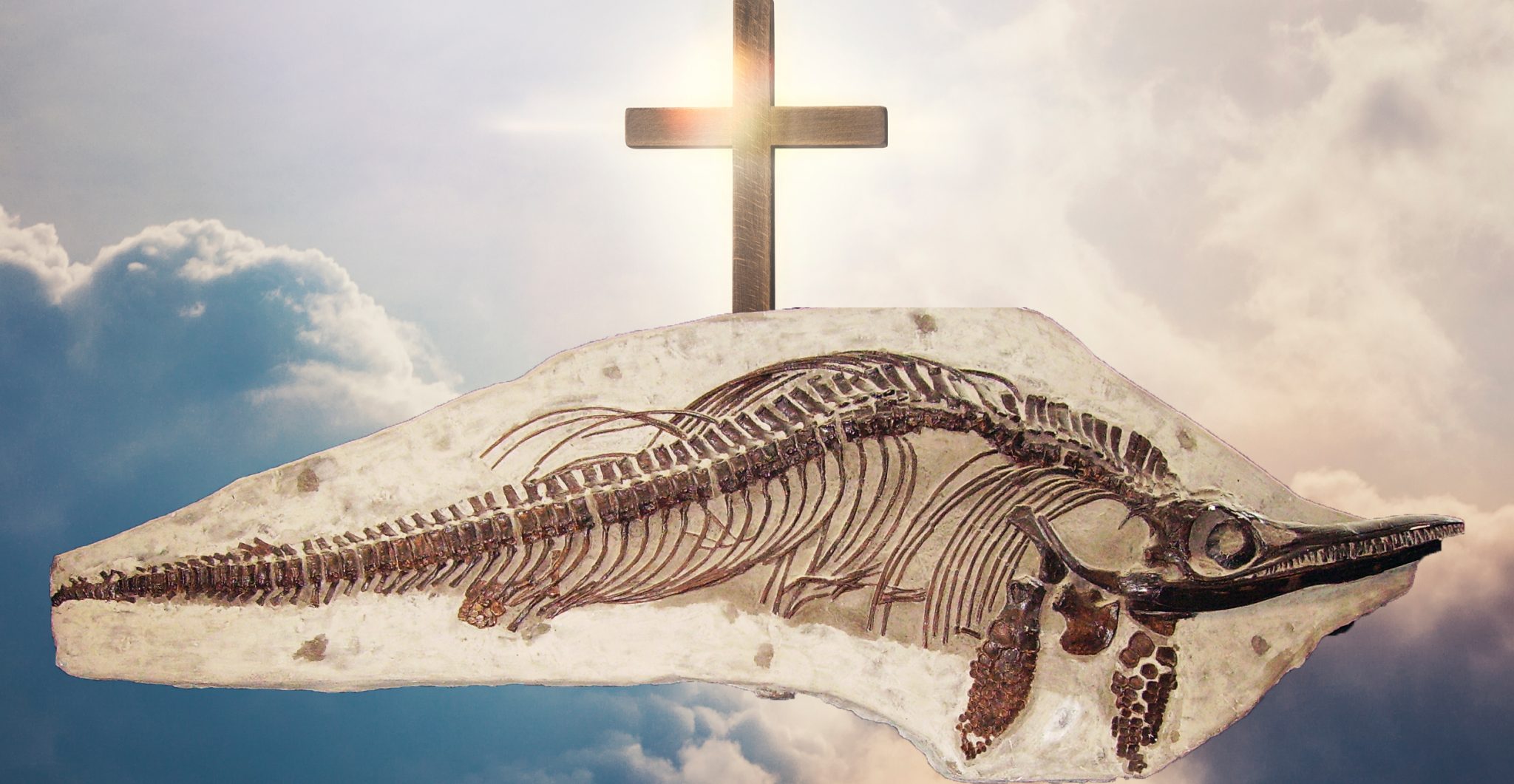A fossil of a prehistoric sea dinosaur, the Ichthyosaurus, has finally been revealed after staying hidden for 170 years by God-fearing individuals who didn’t want to make any waves in their community by showing up with 160 million-year-old evidence of life in tow.
Religions have historically not been too open about new scientific findings which clash with established dogma. So when a family in England in 1850 inadvertently unearthed a dinosaur fossil, an Ichthyosaurus, to be precise, they promptly re-buried it because it flew in the face of the religious teachings the family held dear. And the find preceded Charles Darwin and his theory of evolution by a few years, so one can only imagine how mystified these folks were at the sight of this enormous, lizard-like fish skeleton.
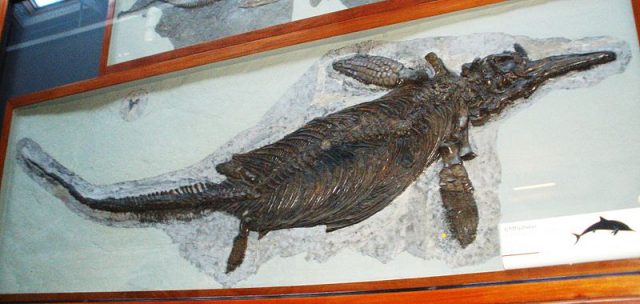
In fairness to the Temperley clan, of Somerset, the discovery must be framed within the context of their times, Victorian England, a time in which faith ruled communities and folks believed their origin stories lay in the Bible. Understanding the period in which they lived makes the reasons they re-buried the fossil all the more clear.
Now, however, the fossil is the family’s pride and joy, and more than that, it’s part of their brand and business. Julian Temperley is the head of the family’s distillery, which makes brandy cider, and he is featuring the fossil on an array of product logos. How times have changed!
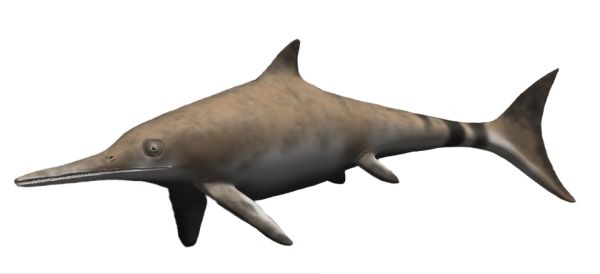
He told the story of how his ancestors first discovered the Ichthyosaurus in an interview with IFL Science, a web page devoted to science and nature. He explained how his relatives first found the fossil on their property in 1850.
Initially, they took it back to the family home, where everyone marvelled over this curious object. But they felt keeping it, or trying to understand what it actually was, or displaying it, was “denying god,” Temperley said. Hence, they took it back to the quarry where it had been unearthed and promptly re-buried it. “Fossils weren’t really explained until Darwin came along,” Temperley said. “Up until then, if you believed in fossils you were denying the Bible.”
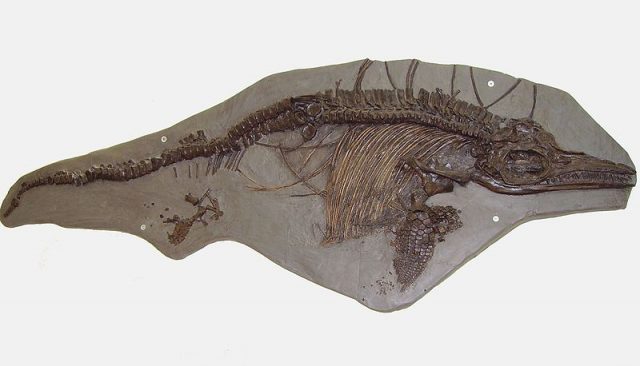
Over the ensuing decades, he added, “whenever we visited Somerset as kids, we dug it up and were generally amazed.” As the years passed and the strictures of the church loosened, the family came to realize the fossil was something to be prized, and shown.
But it was an act of nature, a flood in 2013 — 2014, that was the deciding factor in the skeleton’s favour. “We realized it was not a good idea to leave it buried,” Temperley told IFL Science. “I thought we ought to look after it.” Consequently, he spent more than $3,500 (USD) to have the skeleton fully restored and mounted.
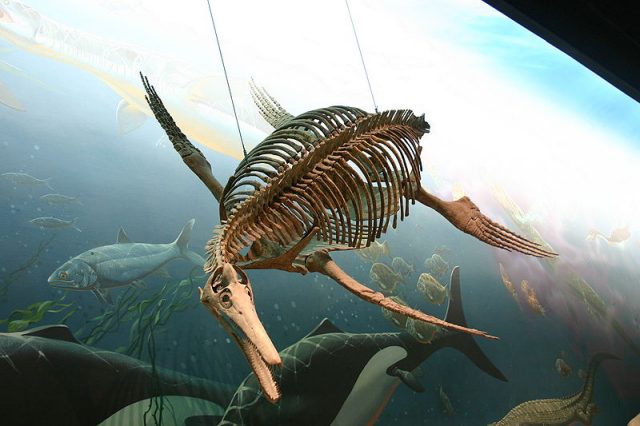
But the “fish lizard” is paying him back, as it’s now an integral part of his family’s brand of brandy cider. “Putting it with ageing spirits,” Temperley noted wryly, “seems like the right thing to do.”
Although the hidden dinosaur fossil of the Ichthyosaurus found on the Temperley property so long ago is a rare discovery, the 90 million year old remains are not the only one of their kind. Though the creature has been extinct for many centuries, the longest skeleton found was almost 11.5 feet, discovered by an archaeologist in the 1990s.
Related Article: Massive 65-Million-yr-old Triceratops Skull Found by College Student
That one hangs at a museum in London, and while it may be the largest, it doesn’t have the distinction of adorning a family label — that unique honour goes only to the Temperley creature, truly one of a kind.
